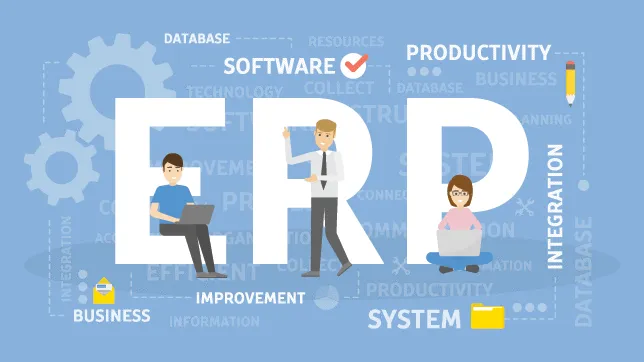Workflow Automation for ERP: Enhance Your Enterprise Resource Planning
Table of contents

Workflow and ERP Systems
Consider all the workflow tasks within and/or adjacent to ERP systems. These workflows might include management approvals, product planning, and customer orders. All these processes relate to data stored within an ERP system, but the flow and management of that data can happen anywhere.
Some ERP systems include a level of workflow automation out of the box, and in some cases, it's enough to meet the minimum needs of an organization. However, ERP administrators can feel trapped by these tools since ERP workflow features are built with minimal functionality and can't handle more custom, complex workflows.
A solution to this limited ERP workflow functionality is to use a workflow automation solution that operates independently of the ERP but can integrate with it as needed. This combines the robust workflow engine of a native workflow solution built for easy integration with the backend power of an ERP system. The ERP remains the database of records, while the independent workflow system transports data and connects people regardless of the process complexity needed.

Nutrient Workflow is a robust, scalable low-code workflow automation platform.
Read how ERC, a Defense and Space Manufacturing organization, integrated Nutrient Workflow with its ERP system to ensure data accuracy and reduce rework.
ERP and Workflow Automation: The Dynamic Duo
Workflow automation solutions, coupled with an ERP system, can provide the ability to:
- Create single, group, or multi-tiered approvals
- Run parallel or sequential flows
- Set up reminders, customizable notifications, and time-outs
- Allow users to track task progress
- Create KPI dashboards and reports to check the performance
- Provide a complete, time-stamped audit trail of all activities
- Design dynamic forms with logic
- Use flexible, multi-column layouts incorporating CSS
When workflow automation is integrated with your ERP system, you'll find ERP data to be more accurate and related tasks performed more timely. In addition, you'll have a complete audit trail of all activities performed.
Want Better Workflow Automation for your ERP System?
We have a library of resources to help you on your journey to an automated workflow.
- Workflow Tools and eBooks
- Workflow Ideas Weekly eMail Newsletter(opens in a new tab)
- Recorded Demonstration of our Workflow Automation Software
- Request a Live Demonstration
FAQ
Workflow automation in ERP systems involves automating repetitive tasks, approvals, and processes to improve efficiency and reduce human error.
Integrating workflow automation with ERP enhances accuracy, speeds up tasks, and provides better data tracking and auditing for decision-making.
A low-code platform allows users to automate workflows with minimal coding, reducing the time and cost associated with custom development.
Yes, workflow automation solutions can often be integrated with most ERP systems, making processes more efficient regardless of the ERP platform in use.
By automating data transfer and processes, workflow automation reduces manual errors, ensuring that ERP systems are always up-to-date and accurate.







